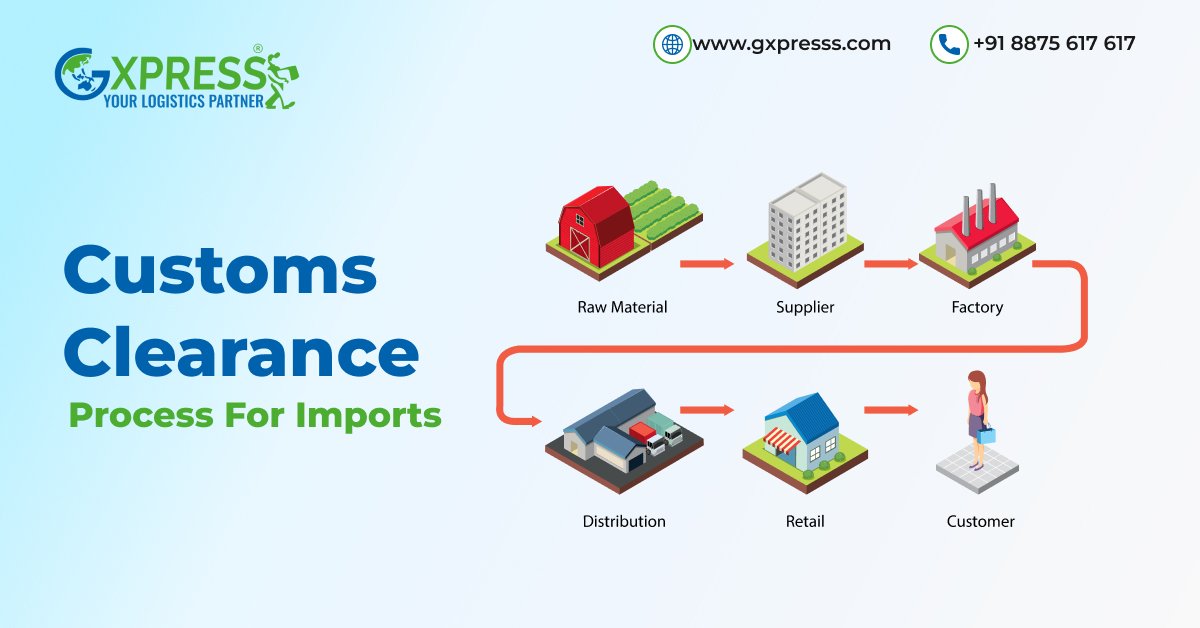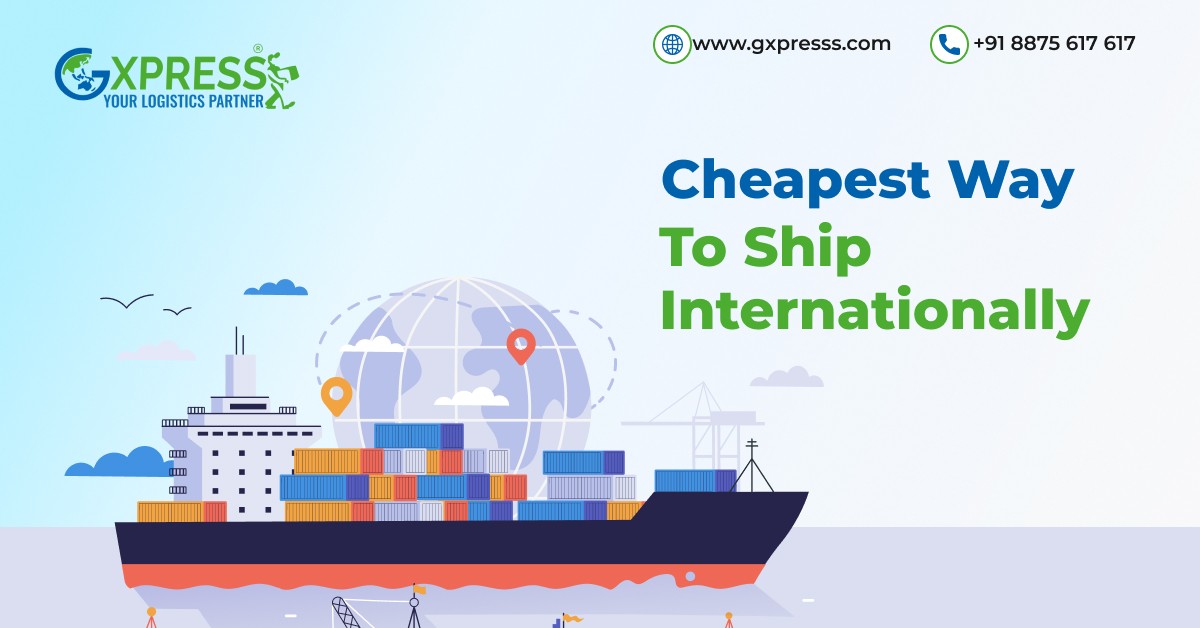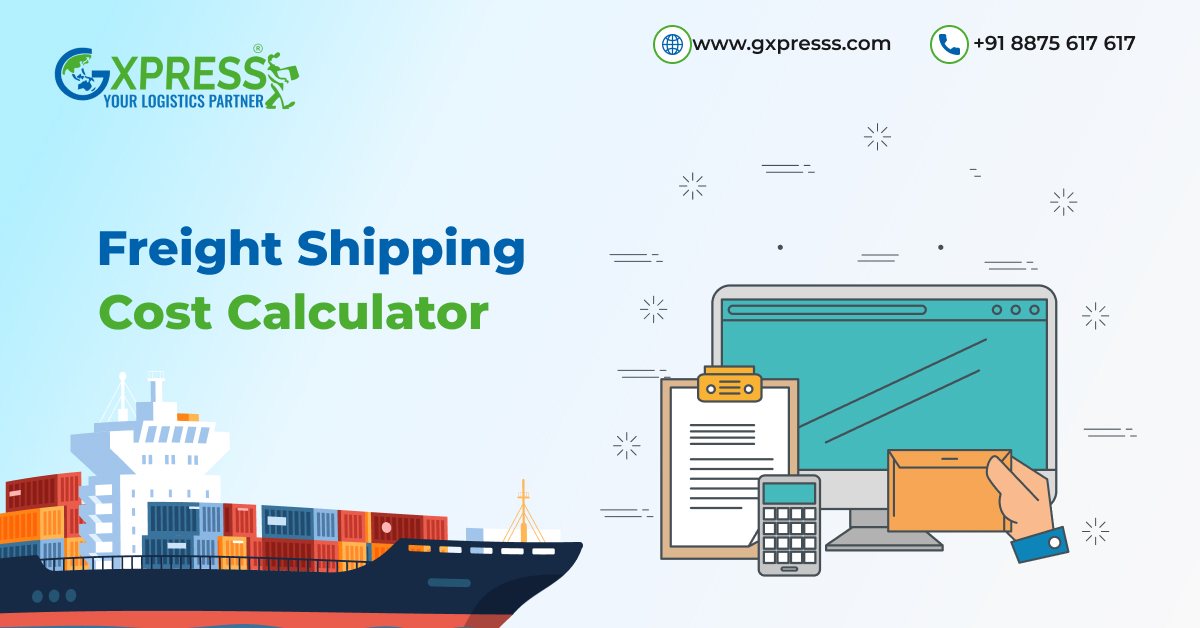June 20, 2025Freight8 min readBy Admin
How to Ensure Temperature-Controlled Shipping for Pharmaceutical Supplies
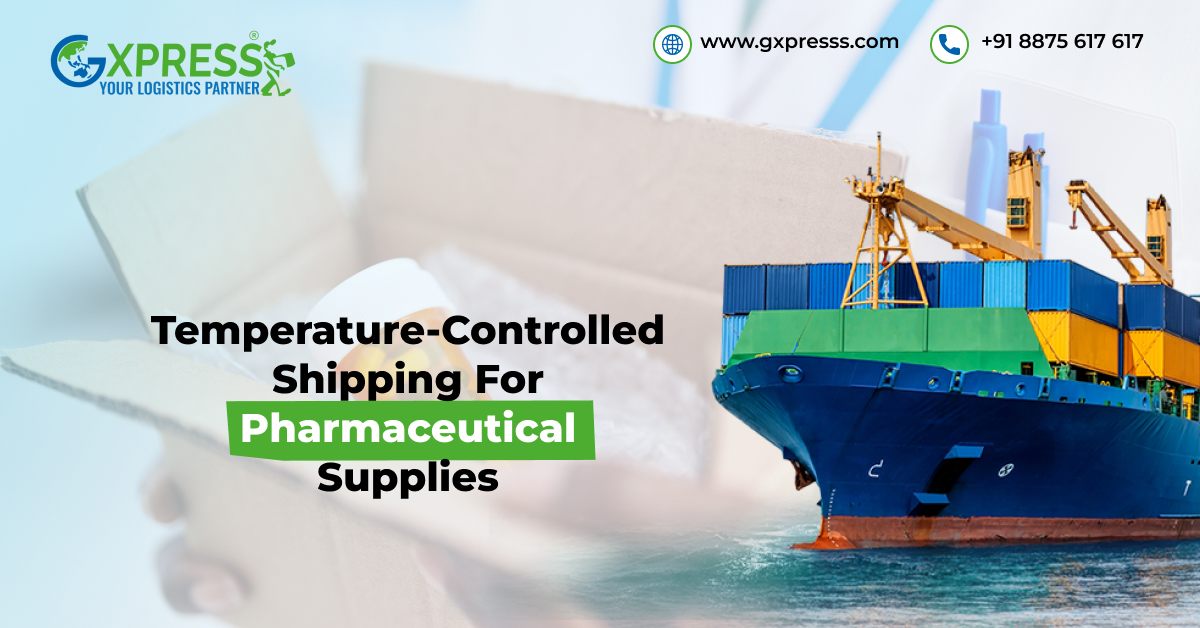
Pharmaceutical shipping is important internationally. Why? It helps a lot of people and saves lives. Picture this: it’s 2020 and the corona virus outbreak is affecting many people around the world. The vaccine is being sent on its way to a far clinic.
But when it gets there, it's no good to use anymore. The temperature rose and spoiled the medicine. When it comes shipping pharmaceuticals, even a small problem like this can become a matter of life and death.
That is why ensuring a temperature-controlled is very important for shipping for pharmaceutical supplies. This blog will teach you everything you need to know about pharmaceutical shipping: packaging, modes of shipment, measures you can take, etc.
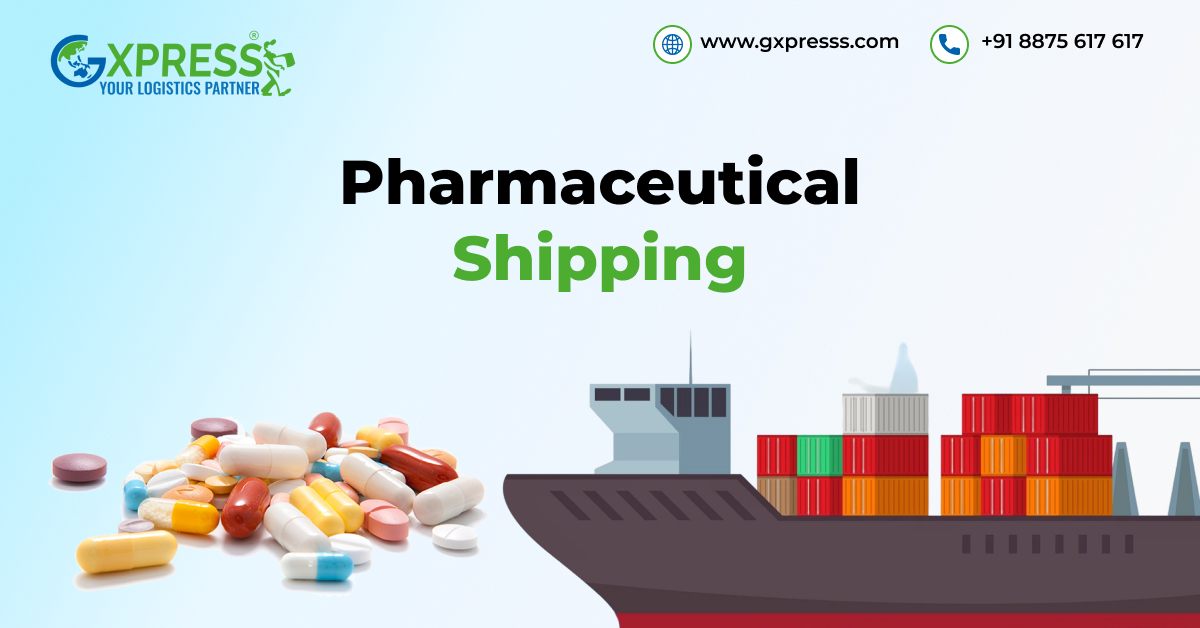
Verdict:
Pharmaceuticals are expensive items that need specific travel conditions and speedy delivery, air freight is the best option for that. But if your pharmaceuticals don’t necessarily meet these conditions, then air freight might be a huge waste of money for you. Just go for ocean freight, especially if you make bulk shipments.
Importance of Temperature Control in Pharmaceutical Shipping
Drugs, such as vaccines, insulin, and some special drugs, are very heat-sensitive. Even a slight shift in their needed heat can ruin how they work and function. Here’s why keeping the right temp is key:- Quality: Many meds get weak or bad if they sit in wrong temps.
- Rules: Groups like the FDA (Food and Drug Administration) and WHO (World Health Organization) set firm heat rules for moving these drugs.
- Safety: A bad drug might not work or could be risky, and that can be deadly.
- Cost: Bad drugs mean lost goods and might cause legal troubles, both are expensive and harm your brand's name.
Other Requirements for Pharmaceutical Shipping
Keeping heat right is just one small part of it all. Good drug moving needs the right gear, plans, and close watch. Here are more key requirements:1. Validated Packaging Solutions
Here’s the big secret behind temperature control: dry ice and gel packs. They keep the temperatures constant.2. Real-Time Monitoring Devices
Advancements in technology has led to two amazing inventions that help temperature controlled shipments: Data loggers and GPS-enabled sensors. These are tech devices that can detect the slightest drops or spikes in temperatures.3. Cold Chain Logistics Partners
Times like this show how valuable experience is when it comes to work. Delivery companies have expert team members that know the ins and out of cold chain logistics.4. Standard Operating Procedures (SOPs)
Clear guidelines, from handling and loading to customs clearance, cuts down any chances of risks.5. Contingency Plans
Extra plans, like new paths or packaging solutions, need to be set if there are hold-ups or problems. Each step must be in tight sync to stop any off-track temps.
Tips on Creating a Temperature-Controlled Environment for Pharmaceutical Shipping
Making a trusted cold shipping system needs tech, careful plans, and rules.1. Get Ready Before Shipping
- Know your product: Learn each item's temp needs.
- Spot dangers: Find possible problems on the way (like weather or slow borders).
- Pick right packing: Select pack stuff based on what the item needs and how long the trip is.
2. Cold Rooms and Setup
- Store pack materials in cold rooms first.
- Keep items in these rooms until they are boxed and sealed up.
3. Maintaining Temperature While Moving
- Cold trucks, boxes, and plane areas keep things chill all the way.
- Systems that track these in real-time and send alerts if there's a temp change.
4. What Happens at the End
- When items arrive, move them quick to a cold place to keep them fresh.
- Check the temps when you get them to make sure all is good.
- This is not just about cool air—it's about keeping things just right, step by step.
Air vs Ocean Freight: Which is Better for Pharmaceutical Shipping?
Air freight vs ocean freight, both have their own plus points and negativities. For example, ocean freight shipping times is longer than air freight shipping times. Is that something that’ll affect your business? Take a look at this table and decide for yourself whether your need air freight or ocean freight for your business:| Air Freight | Ocean Freight | |
| Speed | Faster | Slower |
| Real-Time Monitoring | Easier to monitor | Less easy to keep track of |
| Ideal For | Short duration transit | Long duration transit |
| Cost | High | Lower than Air Freight |
| Risk | Low | Higher than Air Freight |
| Space | Limited | Maximum |
| Best For | Smaller shipments | For bulk shipments |
| Transit Time | Short | Long |
| Temperature Control | Yes | Yes |
| Delay Due to Weather | Yes | Yes |
Tips to Reduce Costs of Pharmaceutical Supplies Shipping
Keeping things cold as they move can cost a lot. But smart moves can cut costs without risking safety:- Go for mixed box types: Boxes that you can use many times and have PCM often save cash over time.
- Put things together: Send items that need the same coolness together to lower box and travel costs.
- Use nearby storage: Keep goods close to where people want them to cut down on long trips.
- Talk to shipping people: Make deals with experts who move goods for good prices.
- Look at shipping info: Use data to pick the best paths, box types, and shippers.
Key Considerations for Pharmaceutical Shipping
To make sure drugs are shipped right and follow the rules, always think about:- Temperature Needs: Know if your drug needs to be kept frozen, cool, or at room temp.
- Trip Length and Distance: Longer paths need stronger boxes and extra backup.
- Check Your Boxes: Make sure your boxes are tested in real-life settings.
- Follow the Rules: Keep up with GDP (Good Distribution Practice) and rules from each country.
- Turbulence: Some drugs can't handle too much light or shaking, along with the cold.
- Keep it Safe: Use seals that show if anyone has tried to open them and keep the paperwork safe.
- Train Your Team: People who handle the drugs need to know about cold chain steps and what to do in emergencies.
Conclusion
Safety is very important in pharmaceutical shipping. Transporting medicines is necessary. Hospitals, pharmacies, nursing homes, healthcare providers, etc., all depend on medicines to make sure their patients get better. A good strategy goes a long way when it comes to shipping meds. All you’ll need are proper packaging materials, cooling and temperature monitoring systems, and regulation compliance. Most importantly, you’ll need a trusty delivery partner that is reliable and supportive. If you have all this, it's totally doable to keep medicine quality all through the world and over time. Because when the trip ends, it's not only a product that arrives—it's hope, health, and healing.Frequently Asked Questions
Q1. What is temperature-controlled shipping?
This is when you move items in a space where the heat or cold is kept at a set level. It helps keep things like drugs, food, or chemicals safe from going bad or getting ruined.Q2. How do I send a temperature-controlled package?
To send such a package, use gel packs, dry ice, or PCM boxes, pick a shipper who can handle temperature controls, and put in devices that check the heat while it moves.Q3. What is an example of temperature-controlled cargo?
Vaccines are an example. They need to stay between 2°C to 8°C at all times in storage and when sent out to keep them strong and safe.Q4. What is temperature-controlled LTL shipping?
This type of shipping moves small amounts of things from many people in one cool truck. It makes sure every item stays at the heat it needs.Q5. What are temperature controlled ships called?
They are known as reefer ships. These ships are made to hold things that must stay cool, like drugs or fresh food, in special, cold rooms.Q6. How do you ship temperature controlled items?
You send them with tested cold wraps, live heat checks, the right kind of truck or box, and a shipping friend who knows how to keep things cold all the way.Share this article:

